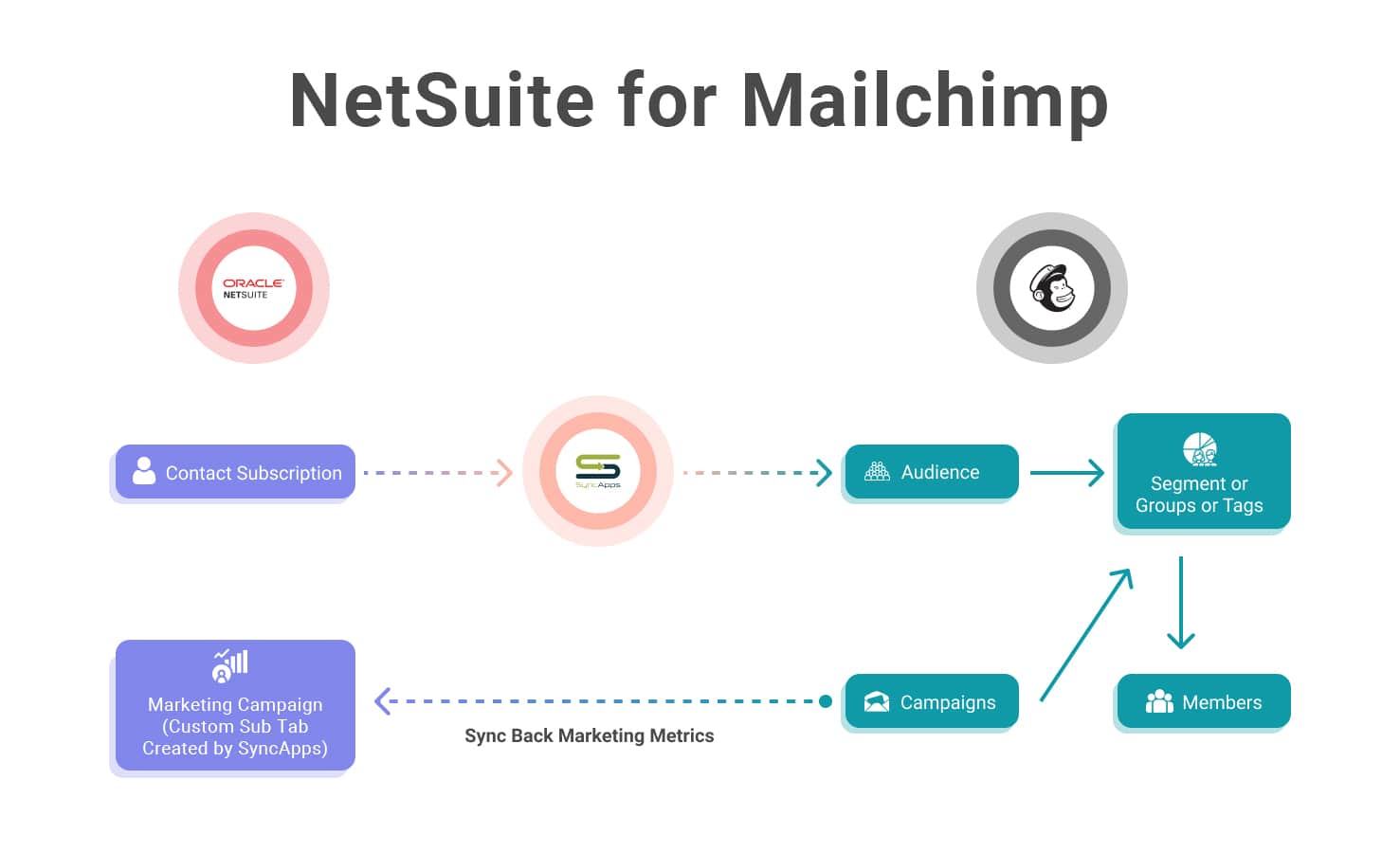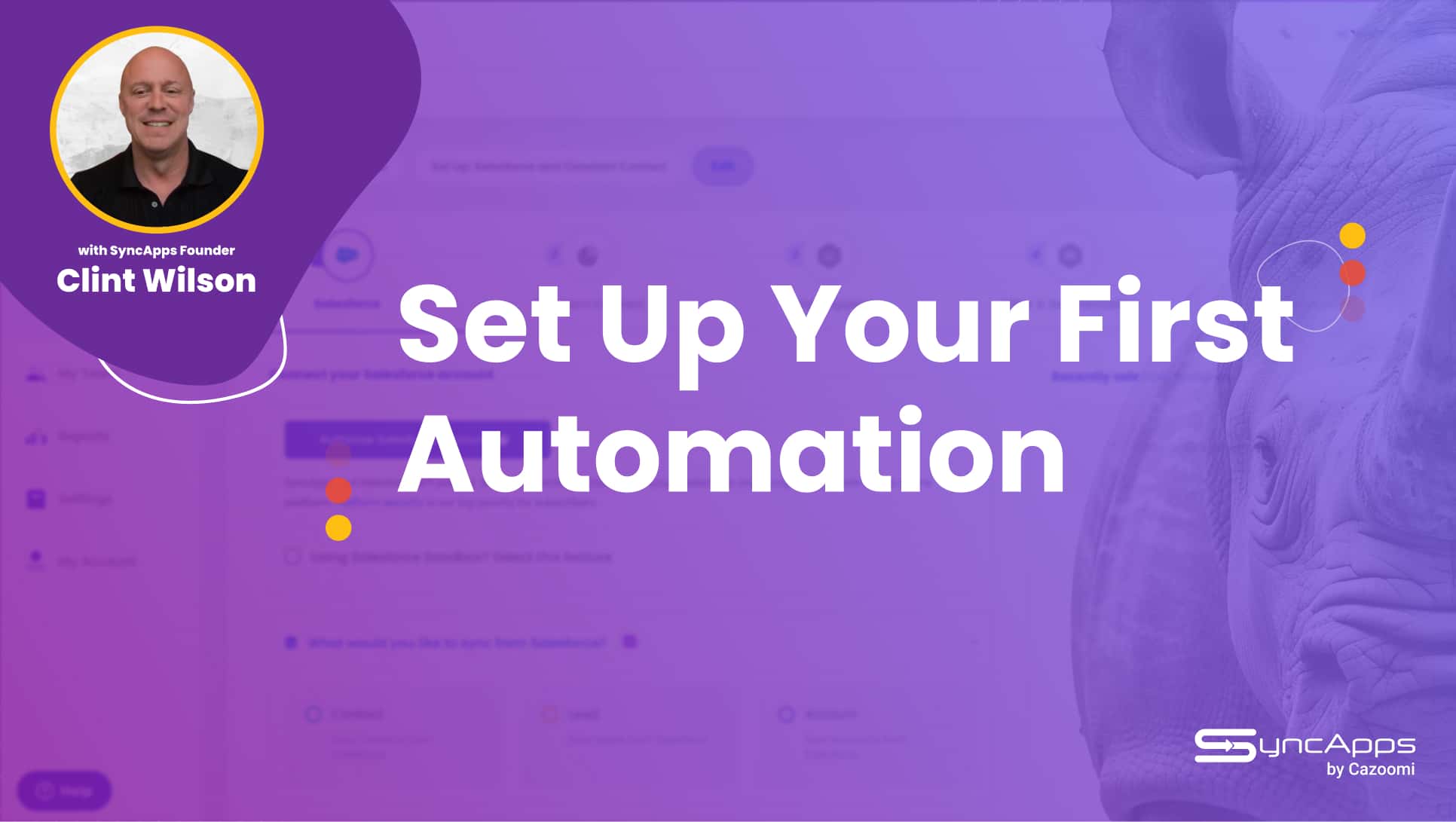If there’s one industry that has experienced unprecedented growth from 2020 till now, it’s the eCommerce sector.
Thanks to the pandemic (yes, we can occasionally say “thanks to” in the same sentence as “pandemic”. It’s rare, so enjoy it while it lasts), the eCommerce industry has continued to experience steady growth as movement restrictions and lockdowns meant that consumers had little or no access to brick and mortar stores.
In 2020 when the first cases of the dreaded coronavirus were reported, worldwide eCommerce sales were estimated to grow by over 27 percent to hit over US$4.2 trillion.
According to eMarketer’s report, this subsequent growth was a clear departure from their initial mid-pandemic assessment of about 16 percent growth.

Image Source: eMarketer
Fast-forward to 2021 and the script is pretty much the same. The eCommerce craze is not about to slow down anytime soon.
American apparel giant, Gap, is reportedly planning to double its online business by the end of 2023 and is building a US$140 million warehouse to make this happen.
How did they do it, though? Growth is something every business owner dreams of, but when faced with it, most realize that scalability is not as easy as sending our more invoices. In fact, companies that aren’t prepared for growth typically fall under their own weight.
In eCommerce, things seemed pretty simple: send more orders, get more money. But what about the disruptions in import and export? What about the processing capabilities that were limited in most companies in the pre-pandemic era? How many more people did they need to hire to send out the orders and how fast did they do it?
See where I’m going with this? Supporting a 30%+ overnight growth is not easy, even though it seems enviable. Hiring more people in your warehouse won’t do it.
What you need instead is better processes that are automated as much as possible and integrated with each other to offer a bird’s-eye-view of your operations. Our inside knowledge into the eCommerce growth spurt of the past year shows us that this is what helped some companies pivot successfully while others have fallen behind.
3 Reasons why Automation Is Key in Streamlining Your eCommerce Business
While most businesses who fail do so due to stiff competition, a good chunk of them do not succeed because their processes are not streamlined.
This, believe it or not, is arguably one of the most common issues that has and continues to drive most brands out of business.
Industries have become fast-paced as competition and consumer demand continue to dictate how brands deliver value to customers.
This makes automation now a must-have and this is why:
1. Enhanced productivity
This one goes without saying. In business, productivity is king.
In a cutthroat industry, such as the eCommerce sector, your productivity is what will set you apart from your competition. Automating repetitive and laborious processes such as data entry, manual calculations, routing requests based on rules, among others means that your team can focus on other equally important tasks or only those that need actual human intervention or decisions.
2. Better data security and transparency
If you want to improve your data security while making the entire process transparent then automation is the way to go. Automating your business processes allows you to control who interacts with the company data and at what levels.
It also lets you choose to hide or show specific data to employees with security clearance. All in all, automation gives you more control of your data.
3. Boost consistency and innovation
Consistency is crucial in any business. It affects your output and ensures that you maintain set standards throughout the value chain. Consumers, too, demand consistency in the quality of a product or service. One slight sign of inconsistency and you’ll see the first few customers running for the door.
But here’s the catch: how do you ensure BOTH consistency AND innovation? Is that even possible.
Yes, it is — we wouldn’t have mentioned it otherwise. Briefly put: you need to ensure a consistent product quality and innovate your processes and your customer experience.
Highly competitive industries such as eCommerce are constantly driven by innovation. With new consumer trends emerging on a daily basis (the need for in-depth personalization anyone?), automation is your go-to solution that can significantly boost your innovation capacity. For instance, you are expected to personalize all communications with your buyers, but you can’t be expected to send every single email individually and research each customer’s behavior single-handedly, right? This is not the 90s!
And because the 90s need their marketing back, let’s politely return it and focus on this century’s automation and integration tactics that help eCommerce companies thrive.
3 Tried and Tested Integration Solutions that Will Help Your eCommerce Business Scale up Fast
Businesses that are looking to grow not only their market share but their bottom line as well are increasingly adopting and deploying automation and integration solutions today.
Organizations that rely heavily on data need integration to enable them to sync their information seamlessly between departments, process it, and make it readily available to use for their digital marketing activities.
Integration eliminates countless man-hours of data entry and tracking down of employees – a resource that is now saving businesses lots of money and valuable time, especially in times when pivoting FAST is crucial.
To help you to get started on your integration and automation journey, we have put together a few tried and tested solutions that can help your business scale up. They have helped our eCommerce subscribers adapt to the new market demands and even made it possible for brick-and-mortar shops to pivot to the digital world quickly and effectively and, thus, stay in business.
1. The Mailchimp for NetSuite Integration
While Mailchimp is the undisputed king of email marketing solutions that help to convert prospects and keep customers engaged, NetSuite on the other hand is known for its incredible CRM and marketing tools.

It doesn’t take a genius to realize the impact Mailchimp and NetSuite can have on an eCommerce business – a tag team that will enable your marketing team to deploy targeted and efficient digital marketing campaigns. Some of its key features include:
- The ability to sync NetSuite Companies, Contacts, Leads, or Prospects to Mailchimp Audience(s).
- Experience better-targeted marketing using NetSuite Contact and Customer Subscriptions to Audience(s) and Group(s).
- This integration also allows your marketing team to trigger certain actions such as auto-responders from one solution based on triggers from the other.
- Your team can also view contacts from one solution and access details input in the other.
- Opt-outs can also be automatically managed.
- Ability to track the total number of subscribers to your newsletter as well as the progress on your most recent email campaigns.

Thos.Baker is an online retailer that offers premium outdoor living products and game room furnishing. They need to see what their prospective clients, customers, and leads are clicking on or buying when they open targeted emails sent by their marketing team.
For Thos.Baker, the NetSuite and Mailchimp integration was the go-to solution since it solved their syncing issues by allowing them to know when subscribers updated their profiles in Mailchimp and operate the changes automatically in NetSuite.
Ultimately, Thos.Baker now saves hundreds of working hours with its team becoming more efficient. They can also sync their eCommerce data for products and orders from NetSuite to Mailchimp. An abandoned cart can now trigger a Mailchimp automated email series in real-time – a big plus for them, especially during the all-hands-on-deck situation during the height of the pandemic.

Seven Miles, an Australian-based business that’s committed to delivering excellent coffee and to educating the world about it, has been using NetSuite and Mailchimp separately. Obviously, in-depth targeting and personalization were out of the question for them.
This is where SyncApps by Cazoomi came in handy. As the preferred integration services provider for the Food and Beverage industry, we enabled Seven Miles to organize records through Filtering and Segmenting between its existing software.
They were now also able to monitor their supply chain to better manage the planning and control of products. Seven Miles was also able to push data to its marketing and sales teams to follow up while running integrations.
The company was now in a better position to run effective and efficient digital marketing campaigns for new product updates without the need for IT assistance.
Join our happy subscribers and boost your eCommerce business today. Sign up for a FREE trial NOW!
2. Integrate Mailchimp and Salesforce
This is yet another feature-packed integration solution that is giving eCommerce businesses a solid platform to compete favorably and boost their productivity.
By doing so, it has significantly enhanced their chances of growing their sales without necessarily spending a fortune in the process.

Today, customer experience has become the factor that drives purchase decisions. The Mailchimp for Salesforce integration gives your sales and marketing team an opportunity to improve customer experience without breaking a sweat.
Its benefits include:
- Lead generation and customer retention: Your marketing team is able to create specific information that will help in attracting new customers while at the same time retaining existing ones.
- Allows you to create groups based on various criteria. With this integration solution, you can easily copy contacts from Salesforce to a specific Mailchimp list and further into Groups or Tags.
- You can also easily filter and auto-update data on all platforms making the process less tedious.

Story time: United Ways is an organization that brings together the stakeholders in each community, government, NGOs, and business partners, to build a collective impact strategy that addresses the most present issues identified at the local level.
They had been using Salesforce to manage their clients and Mailchimp for email and marketing automation. But they needed these two solutions to work together to streamline communications, data sharing, and better customer engagement.
Using SyncApps, they were able to effectively manage subscriber data, import Salesforce contacts to their Mailchimp email list, and update campaign statistics.
3. The Volusion and Constant Contact Integration
Constant Contact and Volusion are two of the preferred solutions for small companies in the eCommerce space. And why wouldn’t they be? They offer affordable pricing, easy scalability, and nimble interfaces that you can easily learn how to use.

This is why our Volusion and Constant Contact integration was one of the most sought-after solutions on our platform since the debut of the pandemic. This solution has enabled many online brands to track the total number of subscribers and orders from their customers while also tracking the progress of their most recent email campaigns.
Better yet, by combining insights from both marketing and sales, their campaigns became far more effective and easy to put together.
Conclusion
The abrupt surge in eCommerce sales has changed the sector’s landscape and the way retailers approach digital selling. Automation and integration played a big part of the eCommerce success you keep hearing about.
Believe it or not, it was a hard time for everyone, including (and in some ways, especially) for the companies that had the biggest growth spurts. Automation and integration helped alleviate some of that growing pains. By freeing their hands from manual tasks, they were able to focus on strategy and planning that ensured that this growth was a sustainable one.
Does this mean that you should leave everything behind and start automating and integrating like mad the second you close this window? Not at all!
Too much automation can also wreak havoc on your processes. Start small, with one or two processes to automate — you can easily scale up as soon as you feel ready to. On SyncApps, you can start 100% free and work your way up when your business’s growth demands it.




